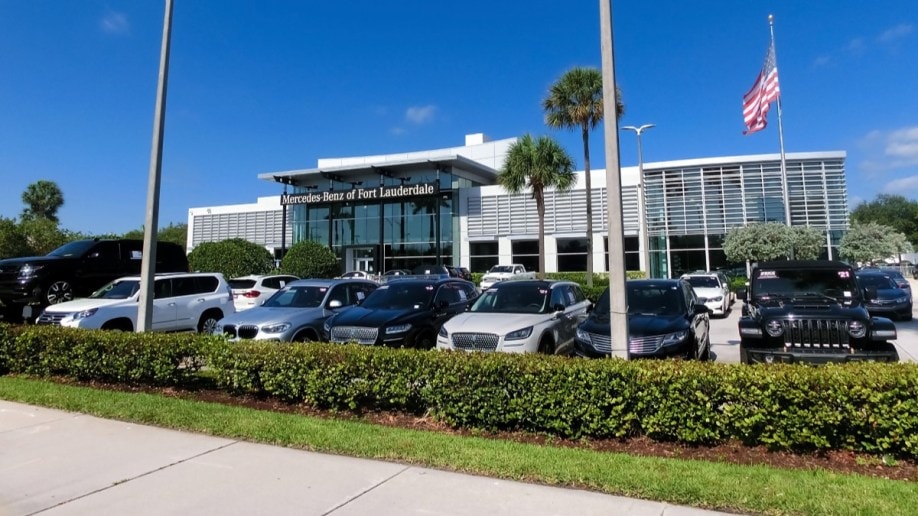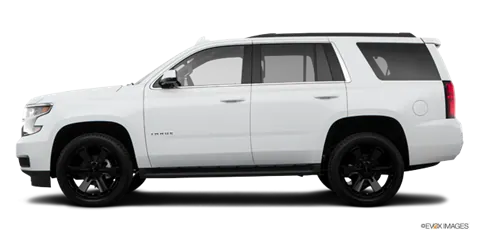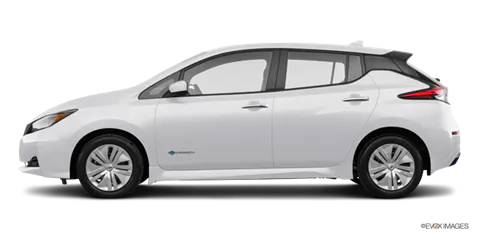
Prices rose, in part, because Americans simply chose more expensive cars. Evolving credit market changes are also pushing automakers to build fewer inexpensive cars.
“The transaction data from December clearly indicates overall prices showed no signs of coming down as we headed into year-end,” says Rebecca Rydzewski, research manager of economic and industry insights for Cox Automotive.
Cox Automotive is the parent company of Kelley Blue Book.
Incentives Starting To Creep Up
“Incentives overall are still very low but trending upwards,” Rydzewski says. “Electric vehicles and luxury cars had incentives close to 6%” of the average transaction price. That average price, she says, declined in December as a result. “Plus, with the new tax credits on the way, electric vehicle [transaction prices] will drop lower for qualifying vehicles.”
In December 2019, before the pandemic and when inventory was plentiful, incentives made up 10.9% of the average transaction, according to Kelley Blue Book estimates. They were as low as 2.2% in November but crept up to 2.7% last month.
Brisk Truck Sales Pushing Prices Higher
Non-luxury buyers paid an average of $45,578 in December – beating the previous record high. The record came even though most non-luxury automakers held their prices steady or saw them fall slightly during the month.
Hyundai and Kia, however, sold most cars for 5% to 6% over the sticker price.
Truck sales were unusually strong in December, reaching highs not seen since the spring of 2021. The average pickup sold for more than $59,000.
Luxury a Record Piece of the Pie
The final sale price of the average luxury car fell slightly during the month – the $66,660 average transaction price in December was $216 lower than November’s average.
Luxury brands Audi, BMW, Infiniti, Lexus, Lincoln, and Volvo all sold most cars at 1% or more below MSRP.
But Americans bought a record number of luxury vehicles. Fully 18.6% of the cars Americans bought in December wore a luxury badge – a record share of the pie for luxury automakers. Luxury sales grew each month during the year.
Electric Vehicle Prices Falling
Electric vehicles (EVs) remain a small portion of the market. But EV prices, long at luxury-car-like highs, have begun to fall.
The average price paid for a new EV decreased in December by $3,594 (down 5.5%) compared to November and ended the year lower by 0.6%. The average new EV sold for $61,448, according to Kelley Blue Book estimates, still well above the industry average.
The drop was led by Tesla, which heavily discounted cars during the month – an unusual move caused by the Jan. 1 arrival of new government EV incentives. Telsa’s share of the EV market is shrinking but still dominant – more than 65% of EVs sold are Tesla products.
Credit Trends Pushing Automakers To Build Expensive Vehicles
One other trend defined the year – the Federal Reserve increased interest rates more in 2022 than in any prior year.
High interest rates risk creating a feedback loop that pushes new car prices ever higher. Automakers may conclude that only high-income buyers with good credit can afford new cars, and thus will build more expensive luxury cars to meet that market’s desires.
Automakers removed some of the least expensive cars from their lineups entirely in 2022.
“The only hope for relief in the near term will be in the used market, where used-retail prices are finally starting to decline at an accelerating pace,” says Cox Automotive Chief Economist Jonathan Smoke.
















